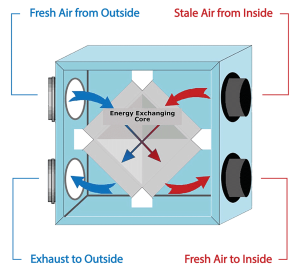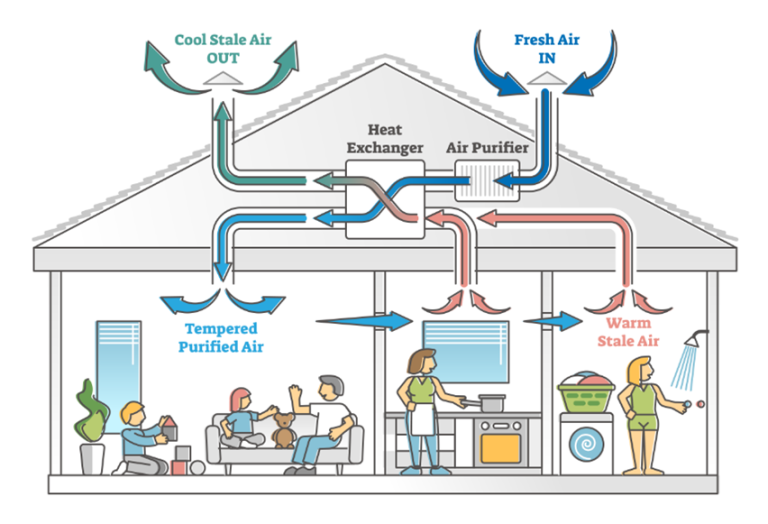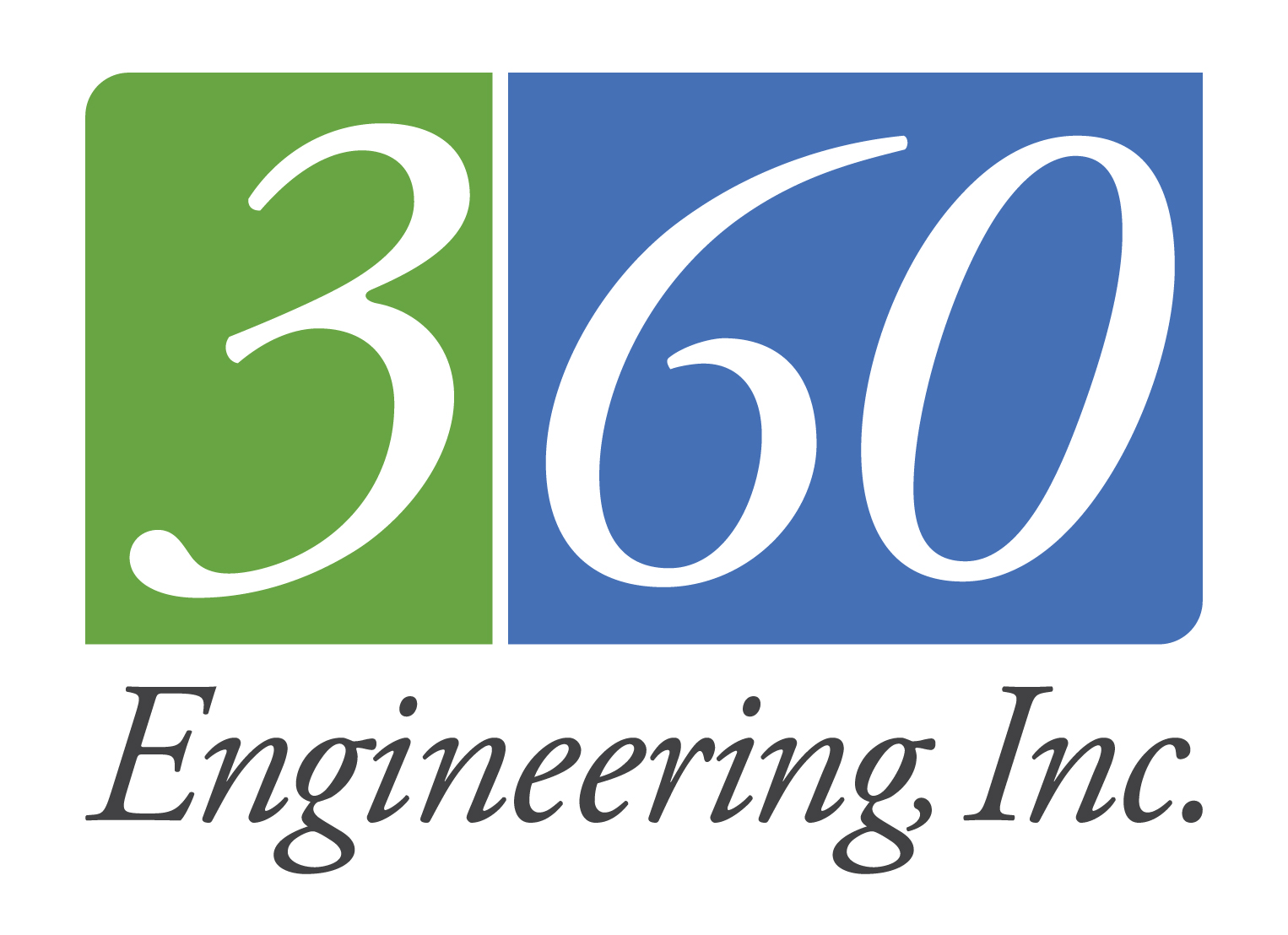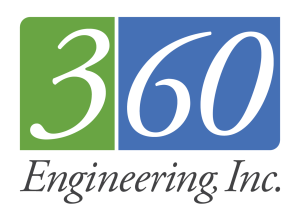In today’s world of high-performance buildings and sustainable design, one technology is quietly transforming how we think about indoor air quality and energy efficiency: the Energy Recovery Ventilator (ERV).
At its core, an ERV is a smart system that captures the energy from outgoing stale air and uses it to condition incoming fresh air. This process not only reduces the load on heating and cooling systems but also ensures a consistent flow of clean, filtered air throughout the building, critical for both comfort and occupant health.

So why are more engineers, architects, and building owners turning to ERVs?
- Energy Efficiency: ERVs can recover up to 70–80% of the energy from exhaust air, leading to significant reductions in HVAC energy use.
- Indoor Air Quality: In a time where indoor air quality is under the microscope, ERVs provide a continuous supply of fresh, filtered air—without the penalty of higher energy bills.
- Code Compliance: As building codes and green certifications push for better ventilation and lower energy footprints, ERVs are becoming a go-to solution to meet both requirements simultaneously.

Whether it’s a high-rise office, school, hospital, or even a multi-family residence, integrating an ERV into the mechanical design can make a measurable difference in performance and sustainability.
At 360 Engineering, we specialize in designing HVAC systems that work smarter—and ERVs are one of the most effective tools in our playbook.
Want to learn more about how ERVs can improve your building project? Reach out or follow us for more insights into engineering innovation that breathes life into buildings.
Take a deeper dive into Energy Recovery Systems and Applications with 360 Engineering expert, Brennen Guy, PE. Find out more here.

